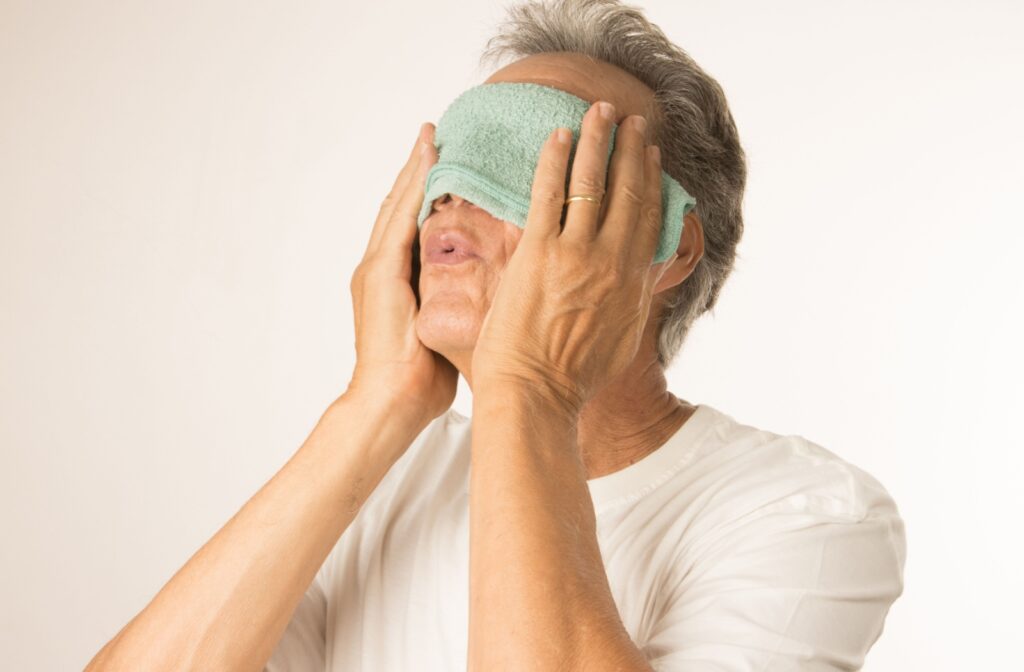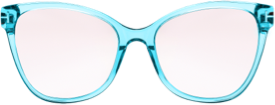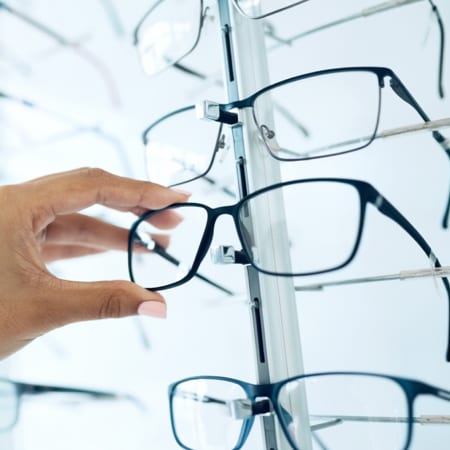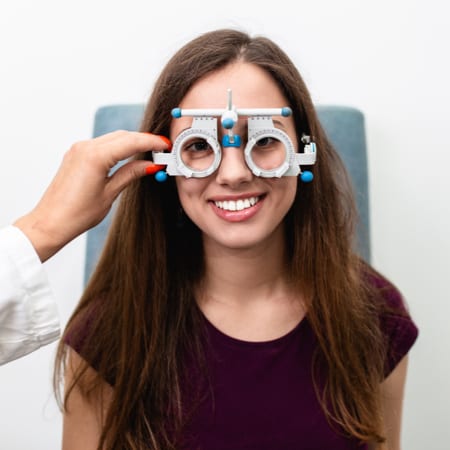Swollen eyelids are a common issue many people face, often causing frustration and discomfort. Whether the swelling is the result of an injury, allergy, or a medical condition, understanding how to treat the swelling properly is key to finding relief. While over-the-counter solutions and medical interventions are available, simple, natural remedies like cold and warm compresses can often do wonders for reducing eye puffiness and discomfort.
The type of compress you choose will depend on the cause of your swollen eyelids. Both hot and cold compresses are proven methods, but their effectiveness varies depending on the underlying cause. Cold compresses are best for reducing swelling caused by injury or inflammation, while warm compresses are more effective for soothing pain and promoting healing in cases of chronic eye conditions. If at-home treatments don’t relieve the swelling or if symptoms worsen, it’s important to consult with an optometrist for further evaluation.
Understanding Cold and Warm Compresses
Before diving into the different remedies, it’s essential to understand the difference between cold and warm compresses, and when each one is appropriate.
Cold compress: Cold therapy helps constrict blood vessels, reducing blood flow to the affected area, which can significantly reduce swelling and inflammation. Cold compresses also numb the area, offering pain relief. This method works well for managing swelling due to trauma, infection, or allergies.
Warm compress: A warm compress, on the other hand, dilates blood vessels, increasing circulation to the area. It promotes relaxation of the muscles around the eyes and helps relieve discomfort caused by dry eyes, blepharitis, or other gland-related conditions. Heat can also soften clogged oils in the eyelid glands, helping to alleviate symptoms associated with conditions like styes and chalazia.
Important Considerations Before Using a Compress
Before applying either a cold or warm compress, there are a few essential things to keep in mind:
- Cleanliness: Always use a clean cloth or towel when applying a compress to avoid introducing bacteria or dirt, which could worsen the irritation or even cause an infection.
- Temperature check: Ensure the temperature of the compress is comfortable. Extreme temperatures can harm the delicate skin around the eyes, so always test it on your wrist first to make sure it’s not too hot or cold.
- Duration: Limit the application time of a compress to 10–15 minutes to avoid skin irritation or tissue damage. If needed, take short breaks between compress sessions.
- Consult a professional: If your eyelid swelling is accompanied by severe pain, vision changes, or discharge, consult an eye care professional immediately. These symptoms may indicate a more serious issue.
Cold Compress for Swollen Eyelids
Cold compresses are ideal for situations where swelling is caused by inflammation, trauma, or irritation. The cold helps to calm puffiness, reduce swelling, and provide relief from pain.
Conditions That Benefit from Cold Compresses:
- Allergic reactions: Seasonal allergies can lead to itchy, puffy eyes. A cold compress can provide relief from these symptoms by reducing inflammation and soothing irritation.
- Eye injuries: For minor eye injuries like bruises or bumps, a cold compress helps reduce swelling and prevent further damage.
- Pink eye (Conjunctivitis): For non-bacterial conjunctivitis, a cold compress can reduce swelling, irritation, and discomfort.
- Styes: Cold compresses can help reduce early-stage stye swelling, though warm compresses may be more beneficial as the stye develops.
How to Make and Use a Cold Compress:
- Take a clean washcloth and wrap a few ice cubes or a bag of frozen vegetables inside it. Alternatively, you can soak a cloth in cold water and wring it out.
- Apply the compress to your closed eyelid, keeping it in place for 10-15 minutes.
- Repeat the process 2-3 times per day for the best results.
Warm Compress for Swollen Eyelids
Warm compresses are helpful for relieving eye swelling caused by dryness, blocked oil glands, or chronic eye conditions. The heat stimulates circulation and can help with conditions that need deeper relief, such as blepharitis or dry eye syndrome.
Conditions That Benefit from Warm Compresses:
- Dry eye syndrome: When the glands around the eyes are unable to produce enough oil, a warm compress can stimulate oil production, reducing dryness and irritation.
- Blepharitis: This condition causes the eyelid edges to become inflamed and flaky. A warm compress helps loosen debris and promotes healthy gland function.
- Chalazion (eyelid cysts): A warm compress can soften blockages in the oil glands and speed up the healing of chalazia.
- Eye fatigue: If the swelling is due to eye strain or tiredness (like after long hours of screen time), a warm compress helps relax the muscles around the eyes.
How to Make and Use a Warm Compress:
- Dip a clean washcloth into warm water (not hot!) and wring out excess moisture. Ensure the cloth is damp but not dripping.
- Place the warm cloth gently over your closed eyelids.
- Relax for 10-15 minutes, and if necessary, reheat the compress if it cools down during use.
- Repeat this process 2-3 times per day to support eye health and comfort.

When to See an Eye Care Professional
While both cold and warm compresses can provide significant relief for mild to moderate eye swelling, certain conditions may require professional treatment. If your symptoms persist despite using compresses, or if you experience severe pain, vision changes, or discharge, it’s crucial to consult an optometrist or other healthcare provider to rule out more serious conditions.
Get Professional Help for Swollen Eyelids in Woodstock, ON
If you’re struggling with swollen eyelids that aren’t improving with home remedies, it’s important to seek professional care. At Woodstock Vision Care, our expert optometrists are here to assess your condition and recommend the best treatment options for relief.
Don’t let eye discomfort go untreated—schedule an appointment today to get personalized care tailored to your needs. Whether you’re dealing with allergies, injury, or a chronic eye condition, we’re here to help you achieve clear, comfortable vision. Contact us now for a consultation in Woodstock, ON!
















